Stories
from the
Real-World
Metaverse
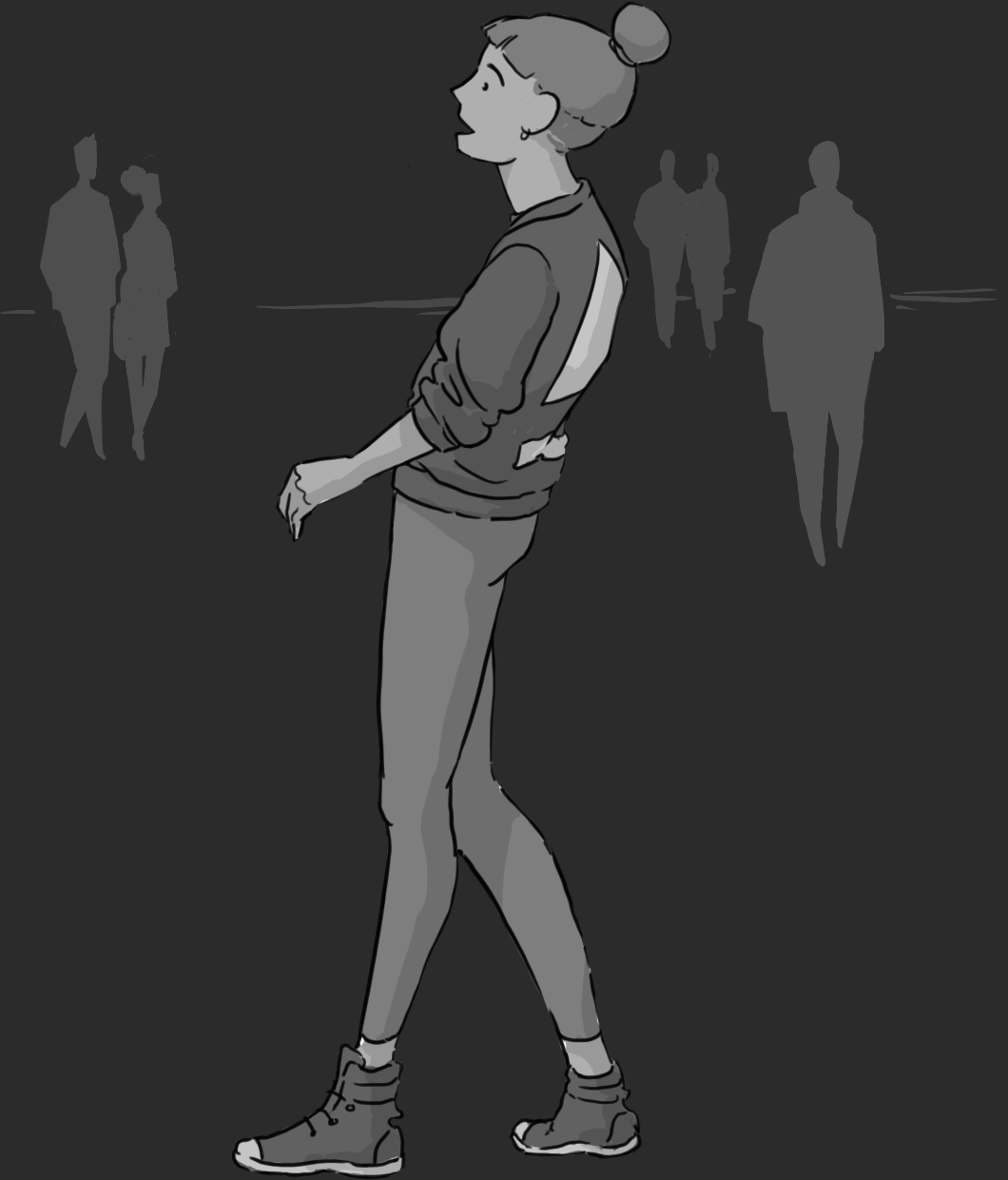
About
Imagine a future where physical and virtual are intertwined. Your everyday life overlaid with digital content, that enhances your experience of a place without distracting you from it. Niantic calls this the real-world metaverse, and they are building the foundations to make it possible. But what will we use it for? What will it feel like? And how can we ensure that the future we are building is one that we actually want to live in?
Liquid City partnered with Niantic to explore the possible futures ahead of us. Together, we imagined a diverse set of use cases, placed them into a real-world context, and then developed them into stories. In each story, we considered how people could share content, discover new things, and control their experience.
The result is four distinct visions of the future, seen from the perspective of characters living, working and playing in the real-world metaverse.
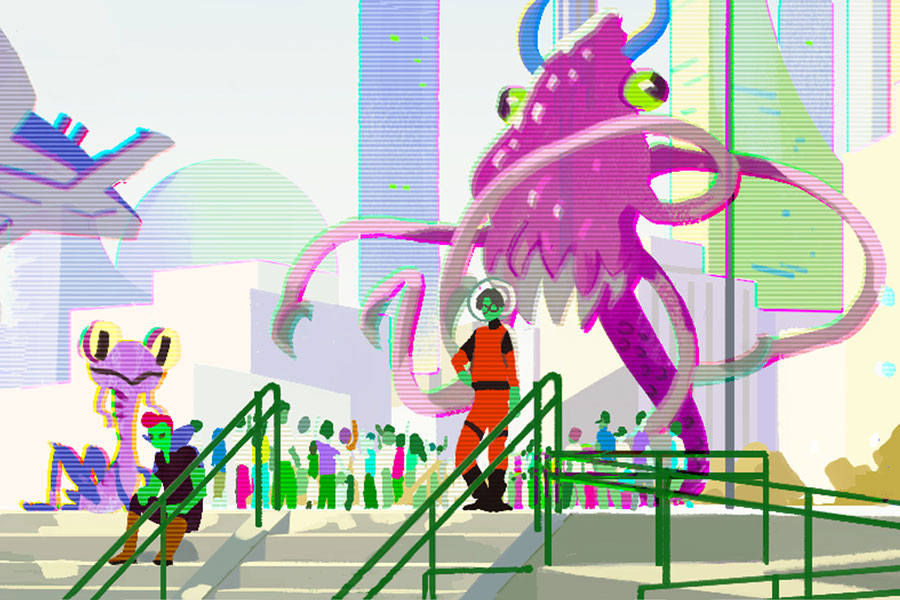
Apps as worlds
Phone apps have a familiar behaviour: tap the icon, and the app expands to take over your whole screen. You use one app at a time, and switch apps depending on what you are doing. But how will apps behave when we experience them through AR glasses?
In the first story, apps are entire worlds. When you open one, it transforms your whole environment. It feels less like opening an app, and more like stepping into a new layer of reality, which is why we call them Reality Channels. One of the Reality Channels is a detective mystery, where players meet to exchange clues. Another is a skateboarding community, whose members mark up the city for the best places to skate. Some channels are procedurally generated, while others rely on user-generated content.
Gil is a student starting college, excited to meet new people. But will he find a channel that fits him? And more importantly, the girl who he met on his first day - what channel is she in?
Read Orientation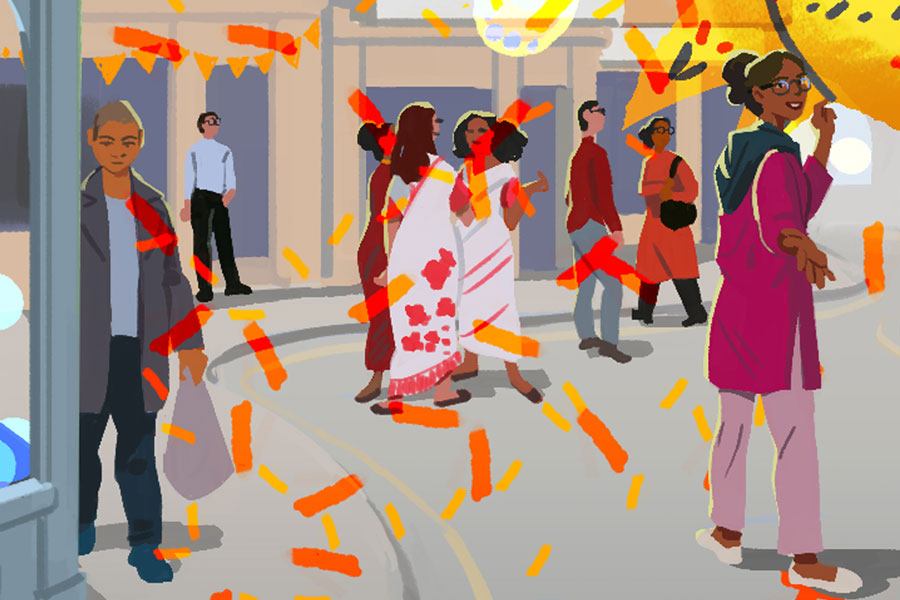
One Reality
Reality Channels can bring people together in communities, but they can also separate people. The shared experience of the real world is broken into multiple layers, with people experiencing different realities, even though they are physically together. What if we imagined a world that was shared and public by default? The next story features a single reality channel - a default ‘home’ experience that everyone shares.
With so many different people living in this shared world, the channel could quickly fill up with content and become overwhelming. How do we decide who is allowed to edit the augmented world?
Sadia lives in a future where the real-world metaverse is divided up into plots, and managed by the owners of those plots. She walks through the streets of East London, past high-end boutiques with high-end augmentations, as well as forgotten alleys filled up with spam. What kind of future do we get, when we bring property rights from the physical world into the real-world metaverse?
Read Festival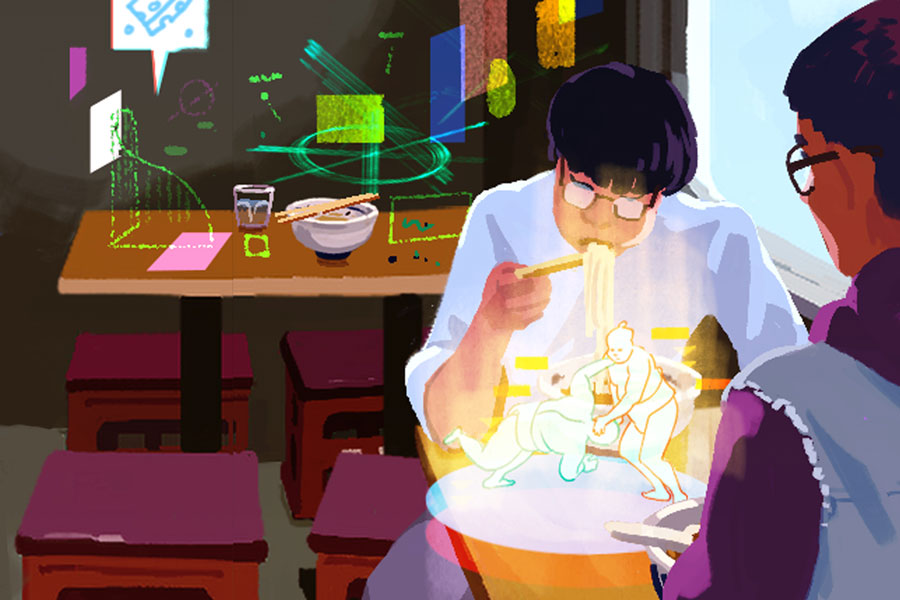
User-Generated Places
Shared realities give a strong sense of connection to the real world, and the possibilities for discovering new things. The virtual property rights from Sadia’s story allow for lots of control and creativity by the owners, but if you don’t own a piece of the reality channel then you might be locked out from contributing. Could we imagine a more democratic shared world?
In Jun’s story, anyone is free to create and post augmented content. The real-world metaverse is made up from many tools, games, pieces of media and other content, all co-existing in a shared channel. To prevent overcrowding, the content fades out over time, but it can also be ‘refreshed’ to preserve it for longer.
Jun’s ramen restaurant in Tokyo is a lively place - different people doing different activities, from planning their trip to watching holographic sumo. Jun loves the shared sense of space, created and enjoyed by all of his customers, and changing every day. But there is a hidden cost to this permissive and collaborative reality…
Read Ramen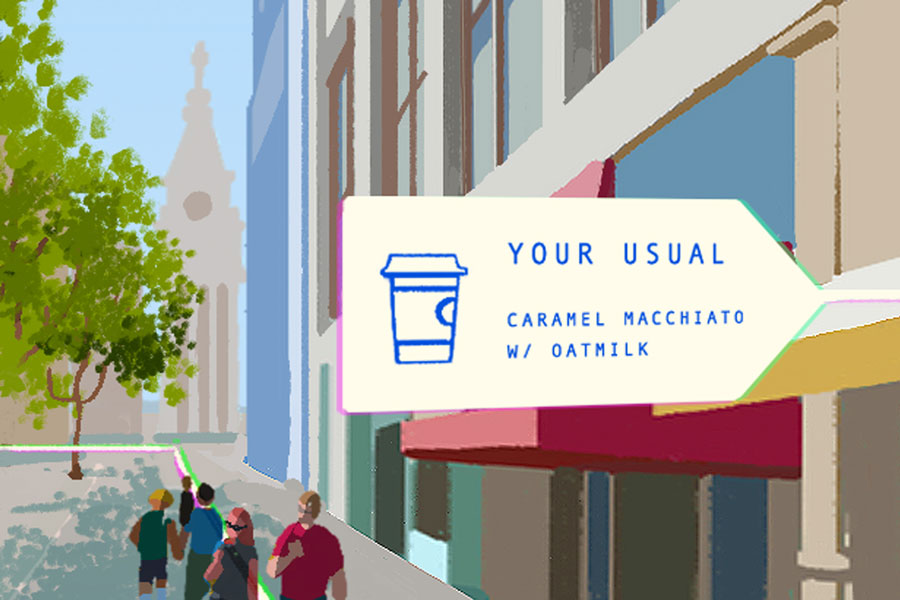
A Reality Just For You
The real-world metaverse can be highly collaborative, giving local people a chance to add to their environments in a way that isn’t possible today. All of this content would quickly become overwhelming without methods of filtering and organising content, but that organisation and management can take up a lot of time and effort. The final story explores what happens when we allow AI to curate our view of the world.
Susi’s likes and dislikes, her routines and her values are encoded in the system. An AI selects pieces of the real-world metaverse to present, creating a reality tailored just for her. It is a convenient system for her, until she decides that she wants a change - a new reality.
Read New TownExploring Possible Futures
Writing and illustrating these stories showed us a wide range of possible futures. The way we choose to structure and organise content in the real world metaverse has a big impact on our experience of everyday life.
People living in the real world metaverse have different aims, so in many ways it makes sense for everyone to go around living in their own private bubble. But can we really call that the ‘real world’? Ultimately the real world isn’t just the backdrop to your daily life. It’s also about your shared places and memories, connecting with each other and discovering new things. It’s a place for exchange, where you can encounter new people and new experiences. We believe that the real-world metaverse must encourage and support those values.
These four stories attempt to pin out some possible futures, but in reality, there are infinite combinations and ways of nesting them together. As we move forward into this new reality, we have to carefully consider the balance between convenience and control, between shared space and individual agency. Most importantly we have to ensure that it is a reality that serves everyone.
We are continuing our exploration of this fascinating space.
Twitter: @liquidcity_
Stories and illustrations by Liquid City with Rebecca Mock
